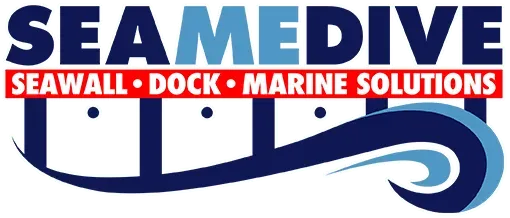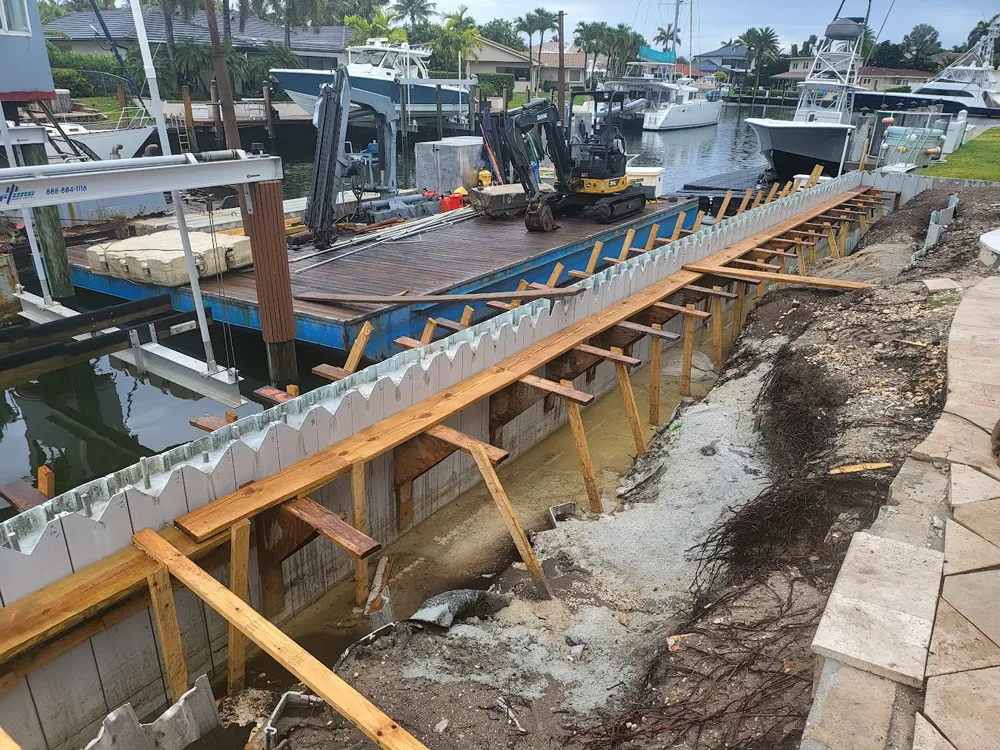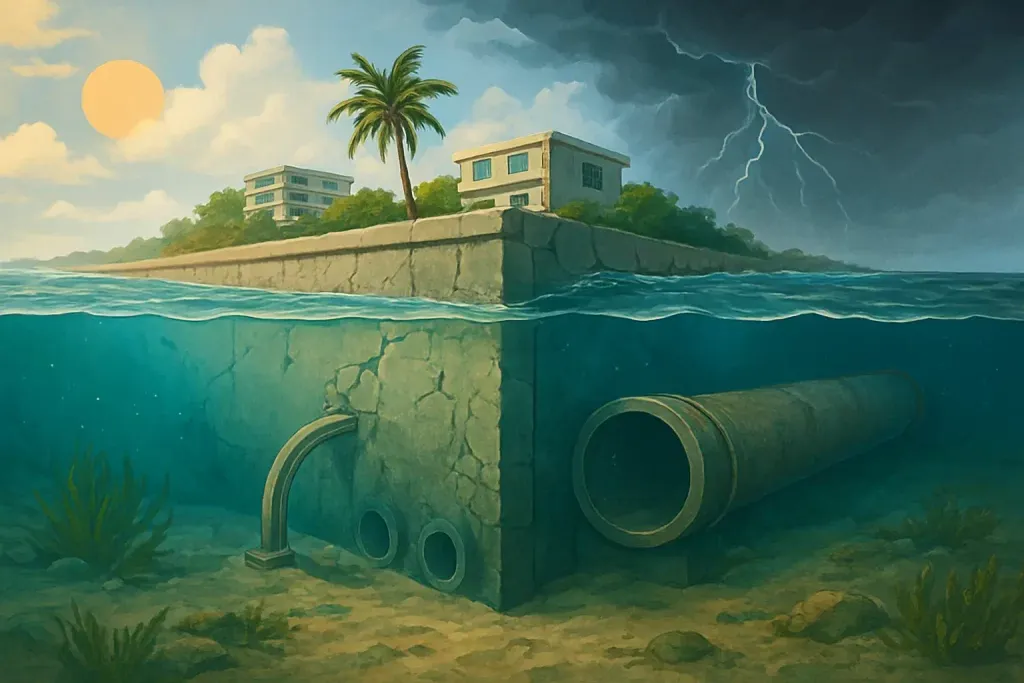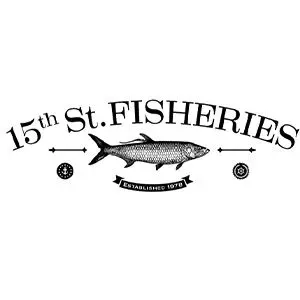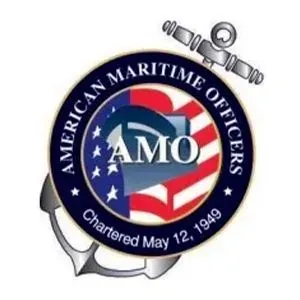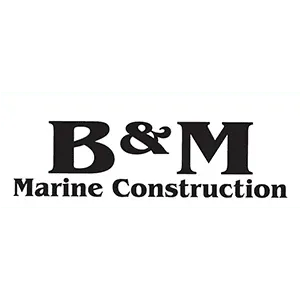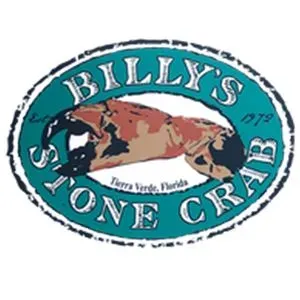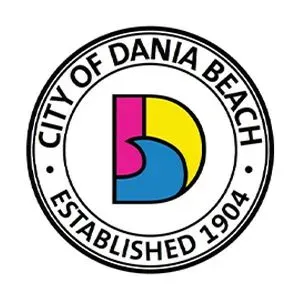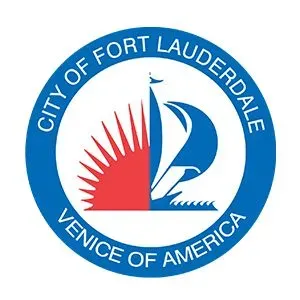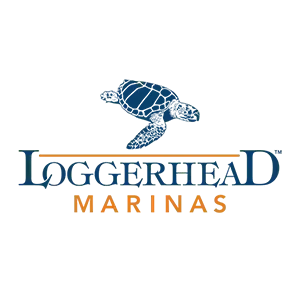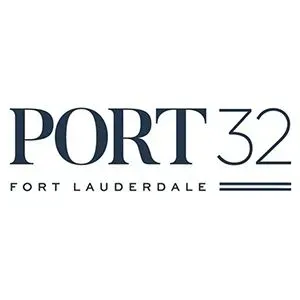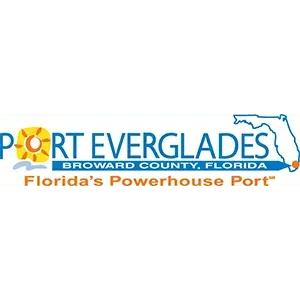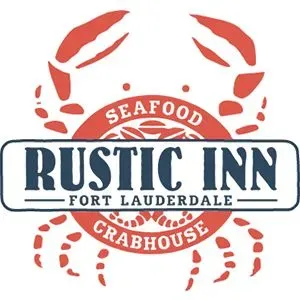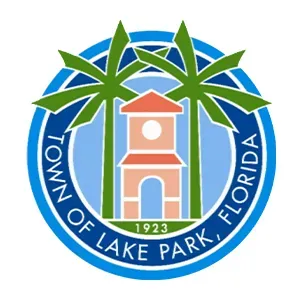There are many types of material used for seawalls. In the southeast region of the U.S., the most popular types include Concrete pre-stressed panel tongue and groove, Coral Rock, Sheet Piling (vinyl, aluminum or steel), and Riprap rock embankments. The best method or material for a given property is determined by a set of factors that are unique to each property.
The concrete pre-cast structures are often used in areas with a lot of water activity (strong wakes, currents heavy vessel traffic). It is a series of prefabricated concrete sections that are inserted in place and bound together with a poured in place concrete bulkhead cap to form a structurally resilient barrier.
The older method of coral rock structures was popular in the first half of the 20th century, when canals were being dredged. The coral rock is a built with mortar and usually is angled towards the land mass as it does not have vertical support pilings. It has a natural look but requires more maintenance than concrete panel walls. It is relatively porous, so it needs to be skim-coated with hydraulic concrete periodically, something that is not required with other type of seawalls.
Sheet piling structures are a series of interlocking barrier sheets made of different materials (vinyl, aluminum, or steel sheets) set up in a row and driven into the sediment. Once sheets are secured into the berm there are a few options to anchor the top section, either with a supporting frame, ledger beam, or a poured-in-place concrete cap to allow structural continuity.
Riprap rock actually refers to two distinct styles. It can either refer to rocks being strategically piled in a way to reinforce the existing wall/act as an embankment wall, or it can refer to bags of concrete that are laid down in a staggered pattern with steel rebar stakes that are then driven into the bags to hold them into place and anchor them into the sediment. Once the concrete cures it becomes a solid wall.
Structures are usually supported with some form of anchoring system like Tie-back rods, batter piling, or pin pilings. The anchors are there to keep the structure vertically plumb.
